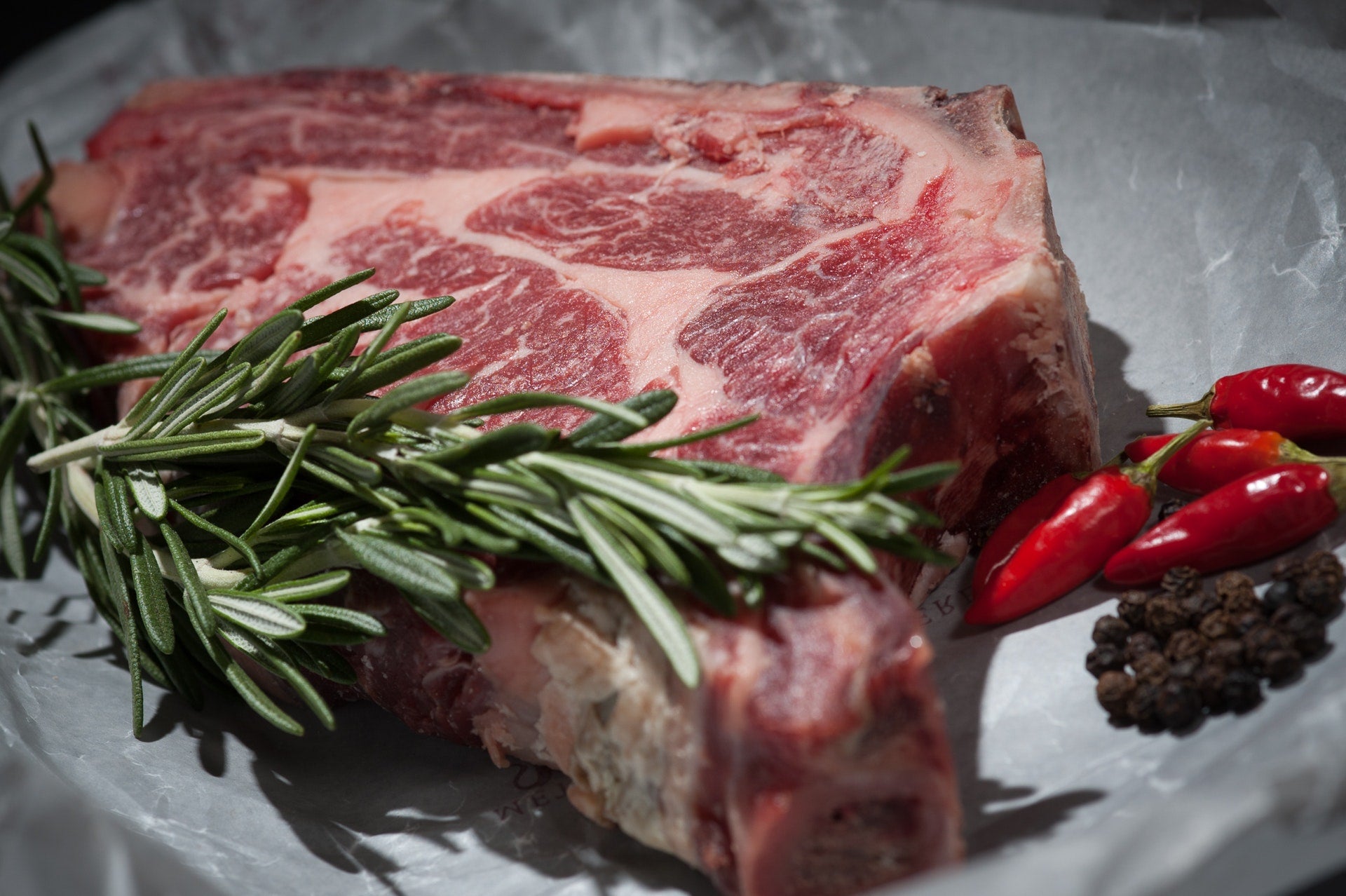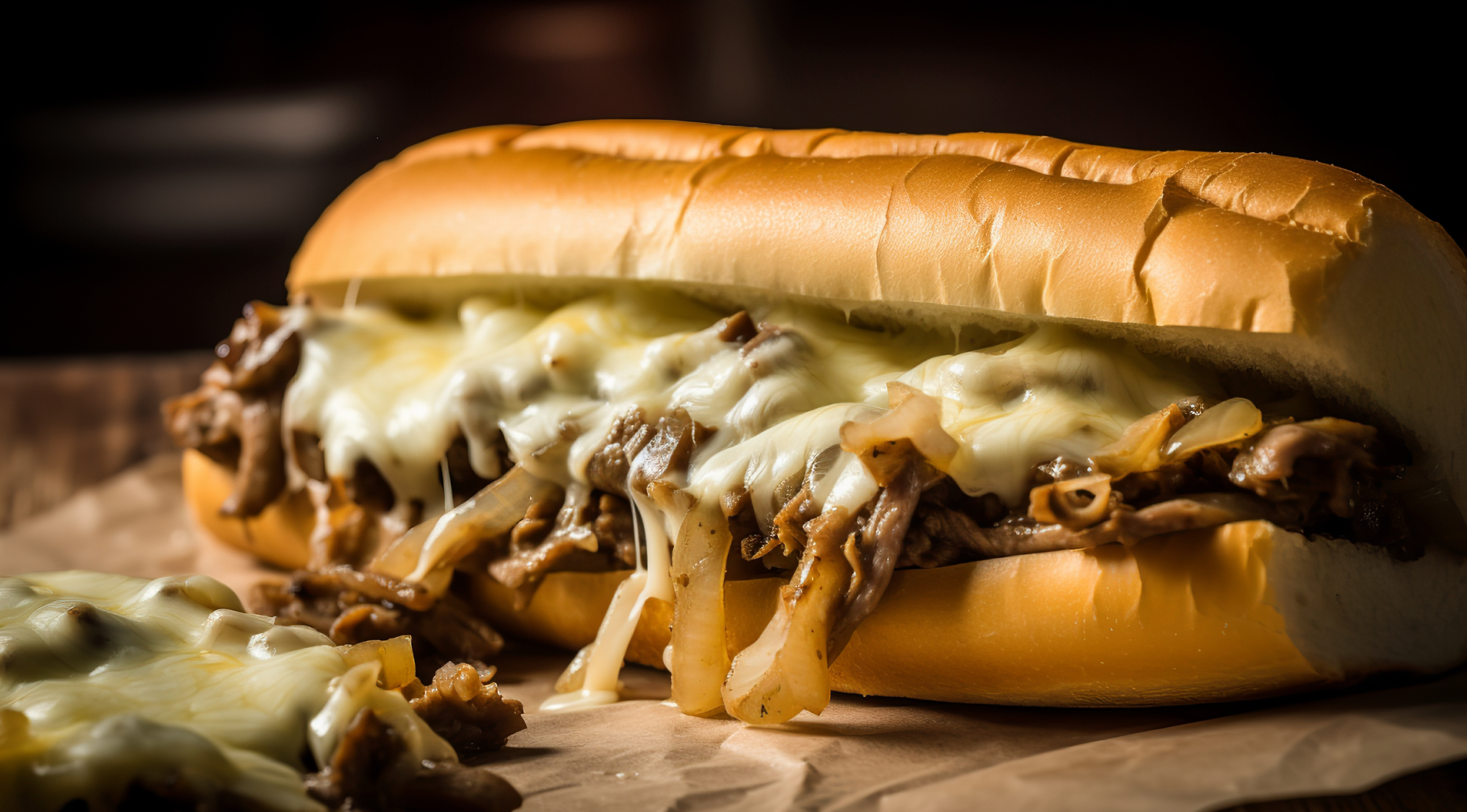
The Best Cut for Pot Roast & How to Cook It Correctly
The pot roast is a quintessential American meal. The recipe first began appearing in cookbooks in the late 19th century, when it was heralded as a low-effort meal that could be prepped quickly and then left to simmer all day.
Today, pot roast is a familiar comfort. It symbolizes the importance of family and the joy of gathering for a hearty, filling meal. In fact, 19 percent of American households say pot roast is their go-to holiday dish.
But despite being a beloved dinner staple from coast to coast, a lot of homecooks have questions about it — like what is the best meat to use for pot roast? How should you season it? And how long does it take to cook?
We’ve got you covered. In this guide, we’ll be revealing our top tips for selecting the absolute best cut for pot roast and how to cook a mouth-watering pot roast. Let's get cooking!
What is the Best Cut of Beef for Pot Roast?
There’s no one-size-fits-all answer to this question, as multiple beef cuts can be used to achieve a delicious and succulent roast. The key is to familiarize yourself with each beef cut for pot roast so you can choose the option that best suits your needs and flavor preferences.
Let’s take a closer look at the most popular pot roast cuts:
Chuck Roast
Chuck roast refers to a sizable cut of beef that’s taken from the shoulder of the cow. We’re often asked “Is chuck tender roast good for pot roast?” and there’s only one answer — a resounding yes! This cut is a favored choice because the meat is naturally well-marbled, resulting in an ultra-tender, mouth watering roast you’ll surely savor every bite of.
When choosing a chuck roast, be sure to look for a sizable cut — the bigger the roast, the better it’ll withstand the cooking process without drying out or becoming tough to chew.
If you want to achieve a final result that’s extra juicy and flavorful, we recommend going with a bone-in roast. Just remember that bone-in cuts require more time to reach desired temperature, and continue to cook after being removed from the oven due to the bone retaining heat longer than the meat itself. This residual heat is powerful enough to cook the meat from the inside out, which is why it’s so important to allow the roast to rest and reabsorb its juices before carving.
Always account for this additional time when cooking a bone-in roast. You’ll want to take your roast out 10-minutes before you’d usually remove a boneless roast and allow it to sit for about 10-15 minutes prior to cutting.
Brisket
What meat is best for pot roast if you’re looking for a juicy, bursting-with-flavor option? The high amounts of collagen (a form of connective tissue) and marbling found in brisket provide a buttery, succulent texture that’s beloved by both homecooks and culinary professionals alike.
Brisket is also an ideal choice for those who like to add their own seasonings or sauces to pot roasts. Its texture is better suited for absorbing these flavors, so you can get as creative as you like with your recipe!
When choosing a brisket cut of beef for pot roast, always look for a vibrant, ruby-red appearance. If the meat has a slightly grayish color or a dull, dark tone, it could be a sign of poor freshness. You want to pick a cut that’s at peak freshness to ensure you get the rich flavor and velvety mouthfeel brisket is so famous for.
Prime Rib
What kind of beef for pot roast is best for slow-cooking? You can’t go wrong with a cut of prime rib! Prime rib, a cut known for its marbling and tenderness, surpasses chuck roast or brisket in terms of fat content. However, don't underestimate its potential as the ultimate choice for a delectable pot roast. With the right cooking techniques, this lean and subtly-flavored cut can yield a moist and succulent result that rivals any other.
The key to preserving moisture in your prime rib lies in employing additional measures. Opting for a low and slow cooking method is crucial. The gentle and consistent application of heat is ideal for bringing out the best in a prime rib roast.
To further enhance moisture retention, consider utilizing a dutch oven with a tightly sealed lid. This effective combination will ensure that the pot retains moisture, allowing the prime rib to reabsorb it throughout the cooking process.
While the flavor profile of prime rib leans towards the mineral side with a mellower taste compared to other cuts, it presents an excellent opportunity to experiment with marinades for an added burst of flavor. Even a simple blend of olive oil, garlic, and your preferred herbs and spices can elevate its taste profile significantly. Check out our Salt Crusted Prime Rib Roast recipe for inspiration!
How to Cook a Pot Roast
You now know what cut of beef is best for pot roast, but that’s only half the battle. The other half requires learning the beef cooking techniques required to whip up a phenomenal dish your entire family will love.
Here’s our complete guide to cooking pot roast:
Step 1 - Preheat Your Oven
Different people prefer to cook their pot roasts at different temperatures, depending on how quickly they want to serve it and the texture they prefer. But as a general rule of thumb, a lower temperature is best in terms of flavor and tenderness. We recommend cooking at 275 ℉ if possible!
Step 2 - Sear the Outside
Searing is an essential part of developing flavor, regardless of which cut of beef you choose. It creates a golden-brown crust and ensures concentrated richness with every bite. To sear, preheat a pan on medium-high and add your cooking oil of choice. Season the outside of the meat with salt and pepper and then use tongs to place your roast in the pan. Cook each side for 5-7 minutes, or until the surface has caramelized evenly.
Step 3 - Prepare Your Vegetables
Carrots, potatoes, brussel sprouts, green beans, and parsnips are all fantastic additions to any pot roast recipe. Peel and dice your vegetables as you typically would and then add them to your pot.
Step 4 - Season Generously
Seasoning is the secret to a sensational roast dinner. We encourage experimenting until you find a signature blend you enjoy most. Herbs like thyme, rosemary, and oregano all pair fabulously with beef, while spices like cumin, smoked paprika, and cayenne pepper emphasize its natural savoriness. Other great additions to sauces and seasoning mixes include brown sugar, coffee grounds, mustard, soy sauce, and worcestershire sauce.
Step 5 - Cover and Simmer
Place your roast in a dish with a tight lid, then transfer it into the oven. Allow it to simmer gently for several hours, usually around 2.5 to 3.5 hours, or until the meat is tender enough to easily pull apart.
Step 6 - Rest and Serve
Let your roast sit at room temperature for 10-15 minutes, then use a sharp carving knife to slice the meat into thin pieces. Be sure to cut the meat against the grain, so your guests don’t receive long muscle fibers that are more difficult to chew.
Gourmet Pot Roast Recipes

You know how to find the best cut of meat for pot roast. You even have a general idea of how to prepare it. But you don’t want to just feed your guests— you want to impress them with a delicious, flavorful meal. That’s why we’re here to provide a little culinary inspiration.
Here’s one of our favorite pot roast recipes:
Berrylicious Balsamic Beef Glaze
This recipe blends sweet and savory flavors together in perfect harmony. Perfect for enhancing the natural richness of roast beef, it offers a delightful burst of fruity goodness. Plus, it’s made with just a handful of familiar ingredients, so even novice homecooks can make it with confidence.
Ingredients:
- 1 cup fresh blackberries
- 1 cup beef broth
- 1/4 cup balsamic vinegar
- 2 tablespoons honey
- 1 tablespoon Dijon mustard
- 2 cloves garlic, minced
- 1 tablespoon cornstarch (optional, for thickening)
- Salt and pepper, to taste
Instructions:
- Add the blackberries, beef broth, balsamic vinegar, honey, Dijon mustard, and minced garlic to a saucepan over medium heat. Stir to combine.
- Allow the mixture to simmer for 10-15 minutes, stirring occasionally.
- Mix cornstarch with a small amount of cold water to create a slurry. Gradually pour the slurry into the sauce while stirring. Continue to simmer for a few more minutes until the sauce thickens to your desired consistency.
- Taste and season with salt and pepper until satisfied.
- Remove the sauce from the heat and let it cool slightly before serving in a gravy boat. It can be served warm or at room temperature, and poured over your beef roast to enhance the flavor.
Remember, there are endless options when creating a glaze for your pot roast. All you need is a mixture of herbs, spices, sweeteners, and savory elements. Whether it's a balsamic reduction, honey-mustard glaze, or a blackberry-infused sauce, a well-executed glaze elevates the roast beef for a truly remarkable dining experience.
Shop Our Premium Beef Cuts Today
If you’re looking for high-quality beef cuts delivered straight to your door, Herd77 has everything you need! From ribeye steaks to briskets to chuck roast, we have everything you need for mouthwatering meals your family and friends will love.
All of our beef cuts are restaurant quality and preserved for superior flavor. How do we do it? We flash-freeze our beef products at the peak of freshness and deliver them directly to your doorstep — so you always get that sumptuous, straight-from-the-pasture taste.
Don’t settle for just any cut of beef. Order the best cut for pot roast from our family-owned farm, where our commitment to ethically raising our animals shows in the superior flavor of our products. Start shopping today!

